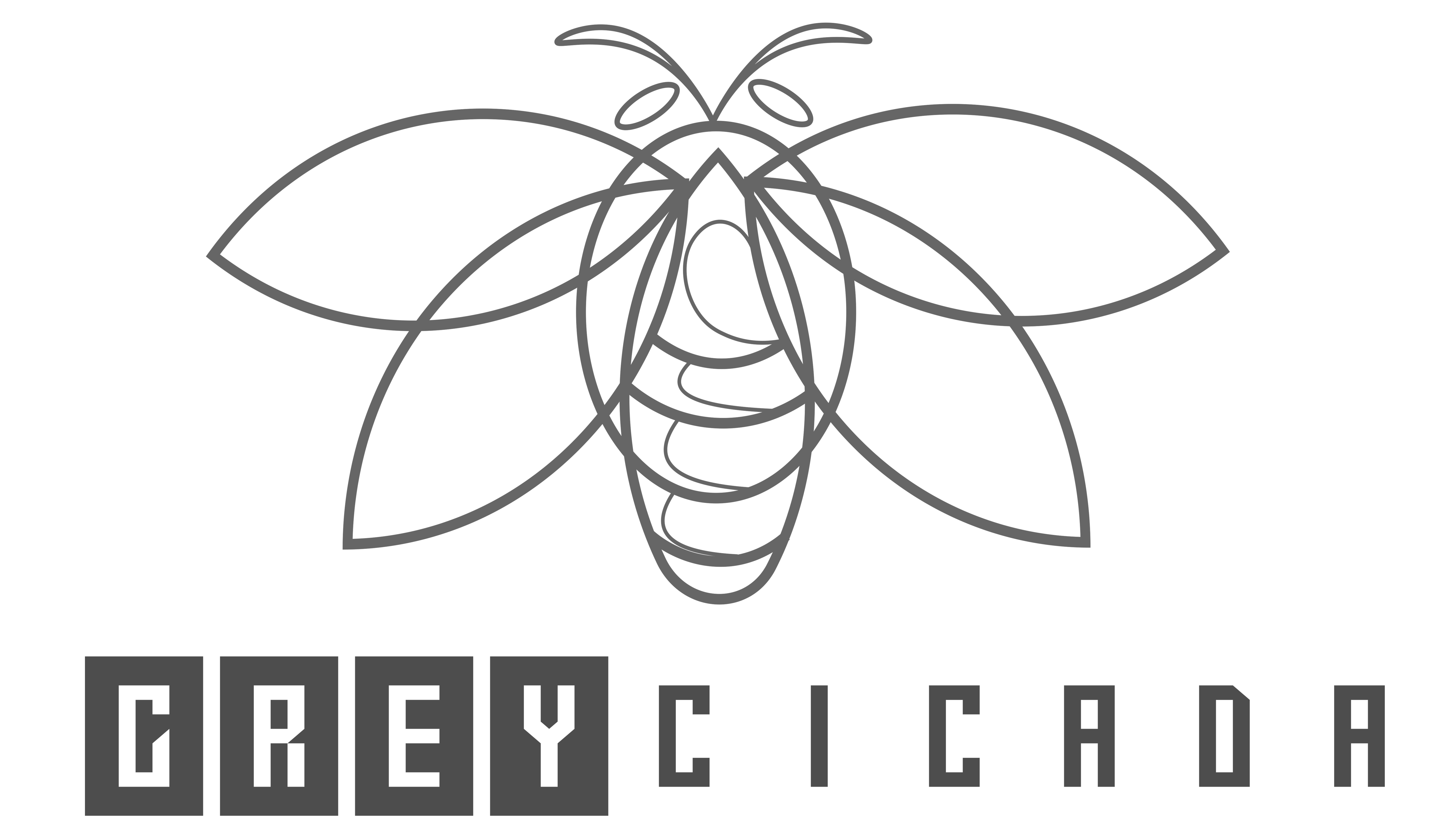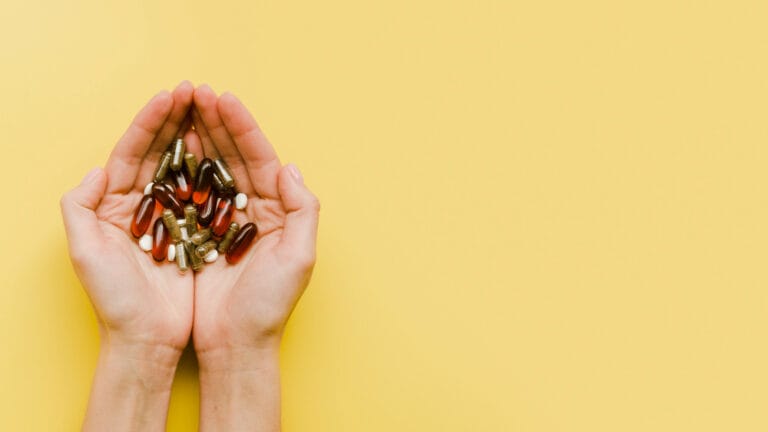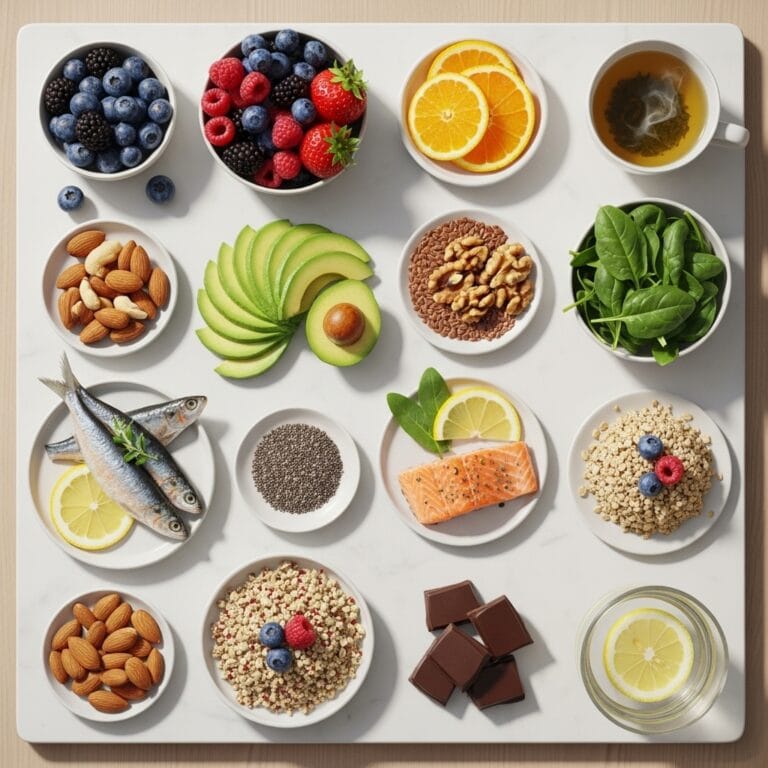FREE SHIPPING OVER $50
She Lowered Her Cholesterol 66 Points Naturally—No Statins, Just This One Supplement

If you’ve received the worrying news that your cholesterol numbers are climbing, you know the familiar pressure to find a solution. Doctors often recommend diet changes and exercise, but if those aren’t enough, the conversation quickly shifts to statins—powerful prescription drugs known for their effectiveness, but also for their potential side effects like muscle pain and liver issues. For many people, the goal is clear: find a proven, natural way to achieve those necessary drops in LDL cholesterol without having to rely on prescription medication long-term.
That was the exact challenge faced by a family friend of mine. Despite being generally active, her LDL cholesterol was stubbornly high. Determined to find a natural solution, she worked with her nutrition expert and discovered a centuries-old remedy, supported by modern science: Red Yeast Rice (RYR). Her results were remarkable: a 66-point reduction in total cholesterol in just a few months, all while avoiding prescription drugs. This breakthrough highlights the power of this single supplement and its proven ability to target high cholesterol naturally.
The Science of Red Yeast Rice: Nature’s Statin Alternative
The secret behind Red Yeast Rice’s impressive ability to lower cholesterol lies in its unique composition, a result of the fermentation process it undergoes. Red Yeast Rice is created when the yeast Monascus purpureus is grown on rice.
The Active Ingredient: Monacolin K
During the fermentation, the yeast produces several compounds, including one called Monacolin K. This molecule is structurally identical to the active ingredient in the prescription statin drug, lovastatin (Mevacor).
- How it Works: Monacolin K works in the liver by inhibiting the enzyme HMG-CoA reductase. This enzyme is the rate-limiting step in the liver’s production of cholesterol. By blocking it, Red Yeast Rice dramatically reduces the amount of LDL cholesterol the body manufactures.
- The Research: Numerous clinical studies have confirmed that taking Red Yeast Rice daily can significantly reduce LDL (“bad”) cholesterol by 15% to 25%. A 66-point drop, while impressive, falls perfectly within the range of results reported in large-scale nutrition research trials.
Because RYR contains Monacolin K, it offers a potent, science-backed mechanism for naturally controlling cholesterol that rivals pharmaceutical solutions, making it an ideal choice for those seeking a non-statin pathway.
The Double Benefit: Beyond Just Lowering LDL
While its primary claim to fame is its ability to reduce LDL cholesterol, Red Yeast Rice offers secondary cardiovascular benefits that support overall heart health.
1. Reducing Triglycerides
High triglycerides are another major risk factor for heart disease. Studies show that Red Yeast Rice doesn’t just target LDL; it also helps regulate blood fats.
- Mechanism: The compounds in RYR help improve the metabolism of fats in the liver, leading to a noticeable drop in triglyceride levels.
- Health Benefit: By reducing both LDL and triglycerides, RYR provides a more comprehensive approach to improving the overall lipid profile, which is highly beneficial for heart health and longevity.
2. Boosting HDL (The “Good” Cholesterol)
Although not as dramatic as the reduction in LDL, some formulations of Red Yeast Rice have been shown to offer a slight boost to HDL (“good”) cholesterol.
- Mechanism: While the exact process isn’t fully understood, this mild increase suggests RYR is supporting healthier fat processing throughout the circulatory system.
- Health Benefit: HDL acts as a scavenger, removing excess cholesterol from the arteries and transporting it back to the liver. Any increase in HDL further minimizes cardiovascular risk.
3. Antioxidant Activity
The rice substrate itself, and other compounds created during fermentation, contain antioxidants and other beneficial plant compounds.
- Mechanism: These antioxidants help fight oxidative stress in the bloodstream. Oxidized LDL cholesterol is considered far more dangerous to the arteries than non-oxidized LDL.
- Health Benefit: By protecting the remaining cholesterol from becoming oxidized, RYR may help prevent the formation of plaque and reduce arterial stiffness, contributing to better heart health.
How to Choose and Use Red Yeast Rice Safely
Because Red Yeast Rice contains a pharmaceutical-grade compound, it requires careful selection and responsible usage. Not all RYR supplements are created equal, and purity is paramount.
The Purity Problem: Citrinin Contamination
The main concern with poorly manufactured RYR is contamination with citrinin, a potentially kidney-damaging toxin produced by certain strains of the Monascus yeast.
- The Hack: When choosing a supplement, always look for products that are third-party tested and specifically state they are citrinin-free. Investing in a high-quality brand ensures you get the therapeutic benefits without the risks.
- Consistency: Just like statins, Red Yeast Rice must be taken consistently every day to be effective. Since the body produces cholesterol mainly at night, some experts suggest taking RYR in the evening to optimize its inhibitory effects on the HMG-CoA reductase enzyme.
The Dosage and Monitoring Imperative
- Dosage: Typical effective doses range from 1,200 mg to 2,400 mg daily, providing a standardized amount of Monacolin K. Always follow the guidance of a nutrition expert or physician.
- Monitoring: Because RYR acts like a statin, it carries similar—though typically milder—risks of muscle pain (myopathy) or elevated liver enzymes. It is essential to get regular blood work done to monitor your liver function and cholesterol levels while taking the supplement. Never begin RYR without telling your doctor, especially if you take other medications.
Integrating RYR Into a Comprehensive Heart Health Strategy
While Red Yeast Rice is a powerful single supplement, it works best as part of a holistic heart health strategy. The goal isn’t just to swap one pill for another; it’s to overhaul your metabolic health.
1. Dietary Fiber is Non-Negotiable
Fiber remains the best natural defense against high cholesterol. Soluble fiber, found in oats, beans, and psyllium husks, binds to cholesterol in the digestive tract and prevents its reabsorption.
- The Strategy: Combine your RYR supplementation with two tablespoons of psyllium husk fiber dissolved in water daily. This dual approach tackles cholesterol from both the production side (RYR) and the absorption side (Fiber).
2. Add Plant Sterols
Plant sterols (also called phytosterols) are compounds found naturally in plants that structurally mimic cholesterol.
- The Strategy: Eating foods fortified with plant sterols (like certain margarines or orange juices) or taking them in a supplement can block the absorption of dietary cholesterol in the gut. This provides a powerful, multi-pronged attack alongside RYR.
3. Lifestyle Consistency
No supplement can overcome poor lifestyle choices. Regular aerobic exercise is proven to increase HDL and improve overall vascular function. Furthermore, achieving a healthy weight significantly reduces the liver’s burden of manufacturing excess cholesterol.
Conclusion
The story of achieving a 66-point drop in cholesterol using only one supplement is a powerful testament to the efficacy of natural, science-backed alternatives. Red Yeast Rice, through its active compound Monacolin K, offers a highly effective pathway to lower LDL cholesterol and triglycerides without automatically resorting to statins. By choosing a pure, citrinin-free product, monitoring your health with your physician, and pairing RYR with essential fiber and plant sterols, you empower yourself with a comprehensive, holistic strategy for achieving excellent heart health and long-term longevity.
Related Articles
- Can Creatine and Protein Help Seniors Who Don’t Work Out? The Answer Might Surprise You
- Warning for Women Over 50: The 1 Common Supplement That Accelerates Bone Loss, Says Geriatrician
- New Hope for Alzheimer’s? This Popular Supplement Shows Surprising Promise in Latest Study
- Think Collagen Is Just Hype? These Skin, Hair, and Joint Results Say Otherwise
- I Took Tru Niagen for 30 Days—The Energy, Sleep, and Brain Changes Shocked Me



